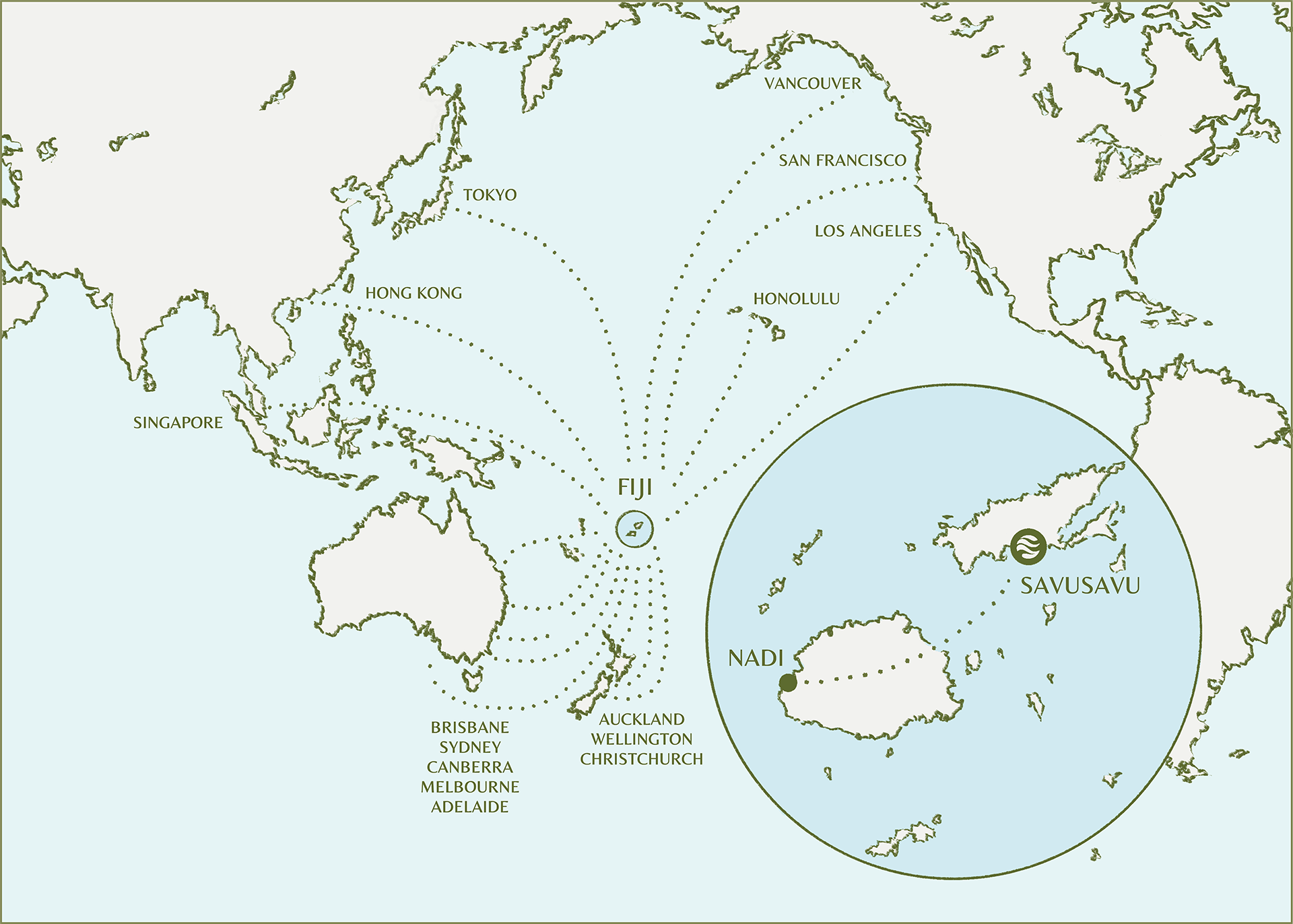STORIES
Garden Croton
Garden Croton
Characteristics
Tropical, evergreen, monoecious (male and female flowers) shrub, up to 3 m tall. Leaves large, thick, leathery, shiny, alternate, 5-30 cm long and 0.5-8 cm wide, colored green, yellow or purple in various patterns, depending on the variety. When cut, the stems bleed a milky sap.
Distribution
Native to Indonesia, Malaysia, Australia and the western Pacific Ocean islands, growing in open forests. Widely distributed in tropical and subtropical regions as an ornamental and in even temperate areas as house plant.
Natural Medicine Properties
The leaves are abortifacient, antiamoebic, antibacterial, anticancer, antifungal, antioxidant, emmenagogue, purgative and sedative.
A decoction of the crushed leaves is used in the treatment of diarrhoea.
Chewing three leaves and then swallowing the juice is used to stimulate menstrual flow, to induce an abortion or to facilitate parturition.
The leaf sap is drunk and also applied topically to treat a snake bite.
The sap of the leaves, combined with coconut milk, is used in the treatment of syphilitic lesions.
The young leaves, combined with Pandanus macroieacceretia, coconut milk and the root sap of Areca catechu, is used in the treatment of gonorrhoea.
The green liquid from boiled leaves is used as a wash to ease fevers.
The sap from the leaves or the bark is used to treat sores and fungal infections.
A decoction of the root is used in the treatment of gastric ulcers.
The root combined with betel nut (Areca catechu) is chewed as a treatment for stomach-ache and to give temporary relief from toothache.
Studies have shown the leaves and shoots to be rich in alkaloids (most abundant), cardiac glycosides, saponins, tannins, cardenolides, flavonoids, steroids and phyllites.
Phytochemical screening of six clone cultivars showed bioactive constituents that included alkaloids, anthraquinones, flavonoids, terpenes, steroid, phenol, saponins, tannins, phlobatannin and cardenolide, which suggests their use as antibacterial, ant amoebic and antifungal.
In a study of 55 traditional medicinal plants in Cameroon, only the leaves extract of this species exhibited a clear ant amoebic activity that was more pronounced than the conventional treatment metronidazole.A study showed the latex to have a high molluscicide activity against freshwater snails.
Did you know?
Garden croton (Codiaeum variegatum) should not be confused with the Croton (Rushfoil), a cosmopolitan genus also in the Euphorbiaceae, containing more than 700 species of herbs, shrubs and trees.
Literature
World Flora Online
WorldChecklist of Selected Plant Families
A working list of all plant species
SUBSCRIBE
Stay up to date
To stay in touch and be inspired by our latest news & stories from Jean-Micheal Cousteau Resort Fiji, please register your interest.








